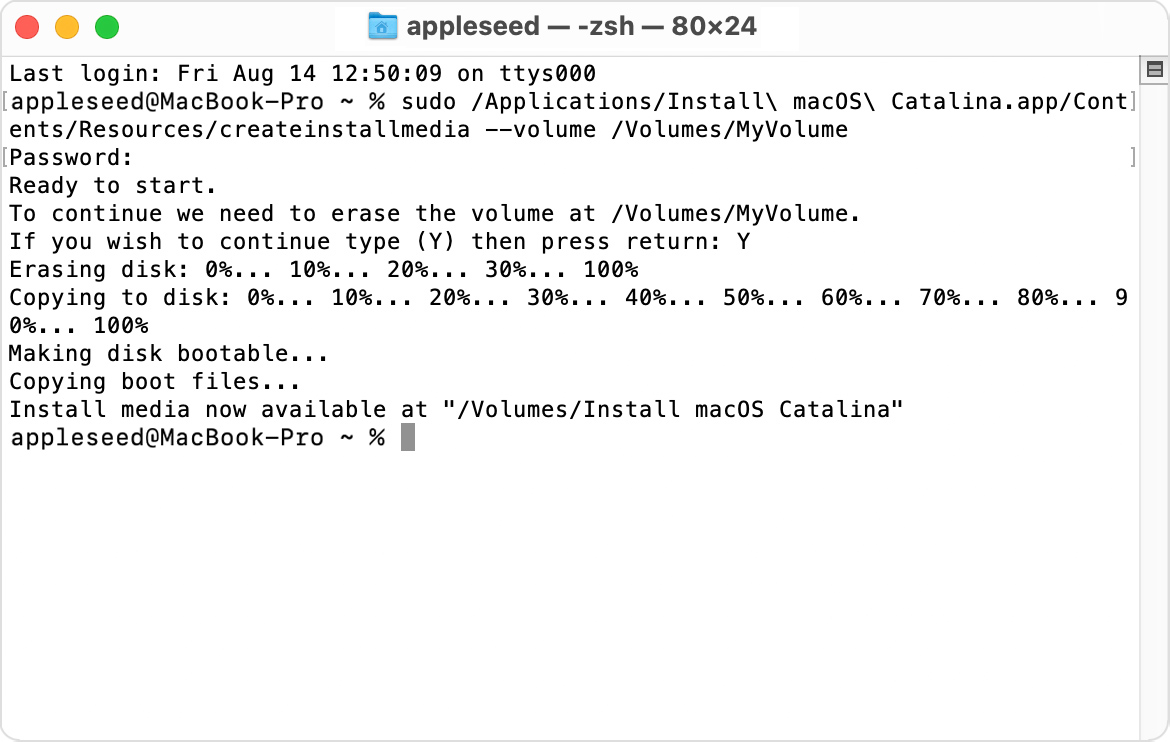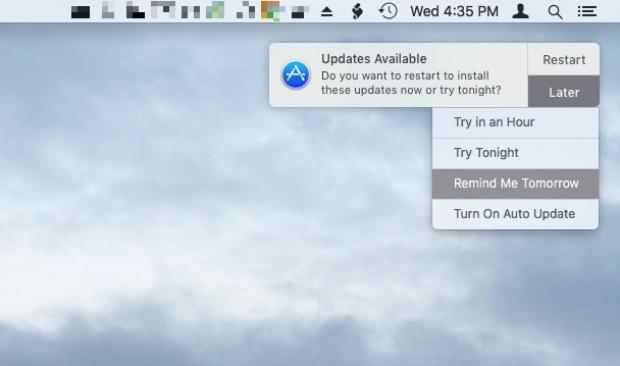Apple Install El Capitan
To get the latest features and maintain the security, stability, compatibility and performance of your Mac, it's important to keep your software up to date. Apple recommends that you always use the latest macOS that is compatible with your Mac.

Find out how to upgrade to macOS Big Sur, the latest version of macOS.
Check compatibility
The new OS X El Capitan features a new Split View, features in Safari, Mail, Notes, Maps, and Photos, and more. To get your hands on all this new stuff, you have to install the operating system on. An installation window will open, this does not install El Capitan but creates the Install OS X El Capitan.app. Which you will find in your Applications folder. Then you would need to create a bootable USB installer. Using the instructions here, How to create a bootable installer for macOS – Apple Support. OS X El Capitan. This version of OS X El Capitan is for users running OS X Snow Leopard who would like to upgrade to macOS Sierra. If you are running Snow Leopard and would like to upgrade to Sierra, you need to install El Capitan first. This version of El Capitan can also be installed on Mac computers that are not comparable with Sierra.
To get the correct installer, download from a Mac that is using macOS Sierra 10.12.5 or later, or El Capitan 10.11.6. Enterprise administrators should download from Apple, not a locally hosted.
Apple Install El Capitan From Terminal
The version of macOS that came with your Mac is the earliest version it can use. For example, if your Mac came with macOS Big Sur, it will not accept installation of macOS Catalina or earlier.
If a macOS can't be used on your Mac, the App Store or installer will let you know. For example, it may say that it's not compatible with this device or it's too old to be opened on this version of macOS. To confirm compatibility before downloading, check the minimum hardware requirements:
- macOS Catalina 10.15 hardware requirements
- macOS Mojave 10.14 hardware requirements
- macOS High Sierra 10.13 hardware requirements
- macOS Sierra 10.12 hardware requirements
- OS X El Capitan 10.11 hardware requirements
- OS X Yosemite 10.10 hardware requirements
Download macOS using Safari on your Mac
Safari uses these links to find the old installers in the App Store. After being downloaded from the App Store, the installer will open automatically.
- macOS Catalina 10.15 can upgrade Mojave, High Sierra, Sierra, El Capitan, Yosemite or Mavericks
- macOS Mojave 10.14 can upgrade High Sierra, Sierra, El Capitan, Yosemite, Mavericks or Mountain Lion
- macOS High Sierra 10.13 can upgrade Sierra, El Capitan, Yosemite, Mavericks or Mountain Lion
Safari will download the following older installers as a disk image named InstallOS.dmg or InstallMacOSX.dmg. Open the disk image, then open the .pkg installer inside the disk image. It will install an app named Install [Version Name]. Open that app from your Applications folder to start installing the operating system.


Install El Capitan Without Apple Id
- macOS Sierra 10.12 can upgrade El Capitan, Yosemite, Mavericks, Mountain Lion or Lion
- OS X El Capitan 10.11 can upgrade Yosemite, Mavericks, Mountain Lion, Lion or Snow Leopard
- OS X Yosemite 10.10can upgrade Mavericks, Mountain Lion, Lion or Snow Leopard